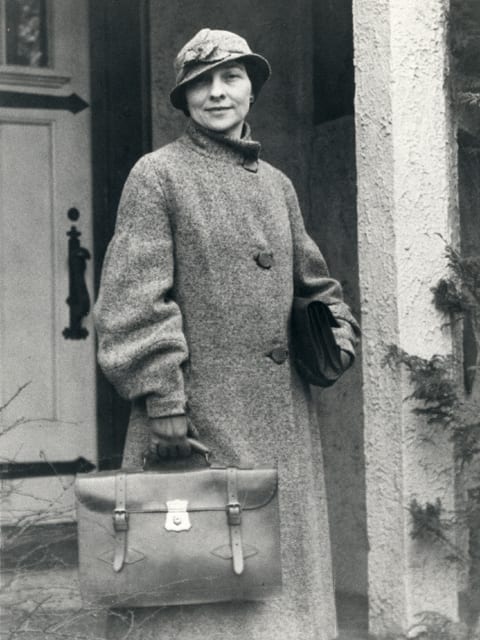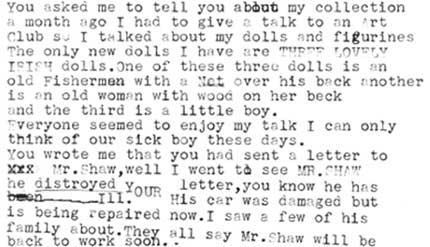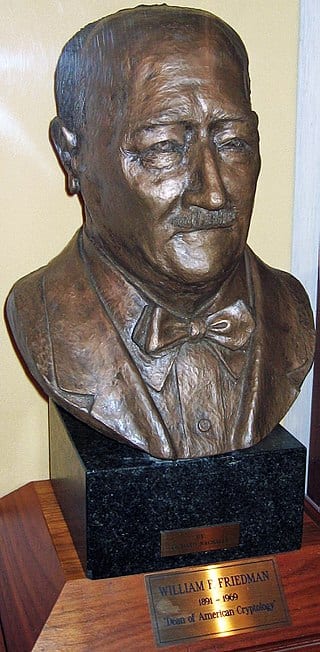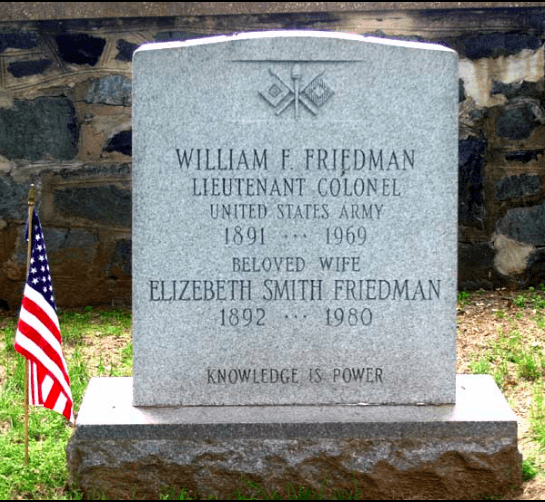The abortion debate is becoming increasingly intense again, and many anti-abortion activists are in favor of adoption as a more humane alternative to abortion. But a woman who grew up in foster care wants people to know that adoption is not the simple solution that it seems.
Olivia Paige knows exactly how broken the adoption system is in the US because she grew up in it. She posted on Facebook to explain what it’s really like for children in the system.
“Let me start off by reminding you of the 390,000+ children and teens in foster care, 100,000+ of which are waiting to be adopted,” Olivia’s post began. “Around 50,000 are placed up for adoption each year—these abortion bans are sure to make those numbers grow so let me share some statistics with you.”
Posted by Olivia Paige on Sunday, April 28, 2019
“20% of teens who age out of foster care become instantly homeless, with no support system in place.
There is less than a 3% chance that any of these kids will obtain any sort of degree.
25% suffer from PTSD.
1 out of every 2 kids will develop substance abuse problems.
Adopted children make up only 2% of children under 18.”
Then Olivia went on to share her own experience as one of the “lucky ones” who made it out alright. She attached a photo of a flyer that was handed out to prospective adopters when she was a teenager. She was never adopted, she says.
I debated posting this for a while, I’ve decided to do it because not many people know what it’s really like as a child…
Posted by Olivia Paige on Tuesday, May 28, 2019
“I spent a decade in foster care, bouncing between ‘homes’ with strangers in places I’d never known before. With no warning, a social worker would show up and tell me I’d have to pack my things (the very few I had) and leave whatever strange place I’d kept myself from getting too comfortable in at the drop of a hat,” she wrote. “I had no say in the matter.”
In two of her foster homes, Olivia was physically and sexually abused. Many times, she watched her foster parents take their money from the state and spend it on themselves instead of her. Sometimes, there were no homes for Olivia to stay in, so she had to sleep in a cubicle at Family Services.
“I spent ten years feeling unworthy of love, unwanted and waiting for the next bad thing to happen to me,” Olivia wrote.
it’s Octoberween and this is one of my favorite self portraits so ~ figured it was fitting
Posted by Olivia Paige on Thursday, October 4, 2018
Thankfully, Olivia aged out of the system at 16, and she’s been doing well ever since. But there are tens of thousands of children just like her currently going through the same thing.
“I dare you to say ‘adoption is always an option’ to any of the several tens of thousands who have been waiting patiently for years for someone to come along and give them the chance to define the word ‘family’.”
Olivia wrote that, while she doesn’t wish she’d been aborted or that she were dead, she does believe that abortion is preferable to forcing so many kids to go through this.
missing doing shoots with Rich Adams Jr.!
Posted by Olivia Paige on Tuesday, November 27, 2018
“A life is not saved just by letting it be born,” she said.
“Kids should be in homes with families that truly love them. If you’re so adamant about kids being born—go through the process and adopt some yourself.”
The post Having Grown Up in Foster Care, This Woman Explains Why Adoption Isn’t the Best Alternative to Abortion appeared first on UberFacts.



 . . . . . #e4b #doomsdayplane #instaaviation #avgeek #avgeeks #pilotviews #boeing747 #queenoftheskies #pilot #pilotlife #jetsetter #piloteyes747 #pilotslife #pilotviews #pilotsofinstagram #piloteyes #instaplane #aviationpics #cockpit #crew #aviationdaily #aviator #aviation #aviationphoto #boeing #nightwatch #aviation4u #cockpitview #picoftheday #yourgrace #b742 #boeing
. . . . . #e4b #doomsdayplane #instaaviation #avgeek #avgeeks #pilotviews #boeing747 #queenoftheskies #pilot #pilotlife #jetsetter #piloteyes747 #pilotslife #pilotviews #pilotsofinstagram #piloteyes #instaplane #aviationpics #cockpit #crew #aviationdaily #aviator #aviation #aviationphoto #boeing #nightwatch #aviation4u #cockpitview #picoftheday #yourgrace #b742 #boeing







